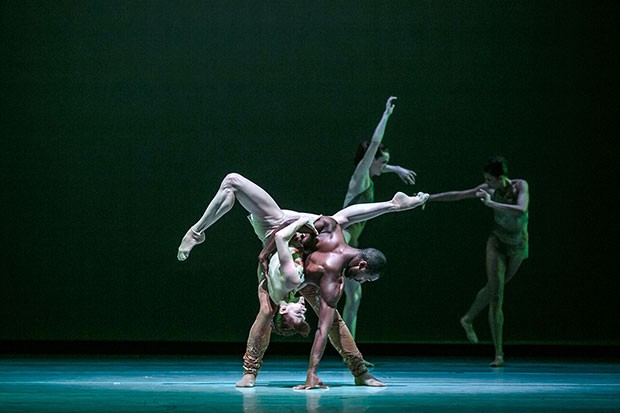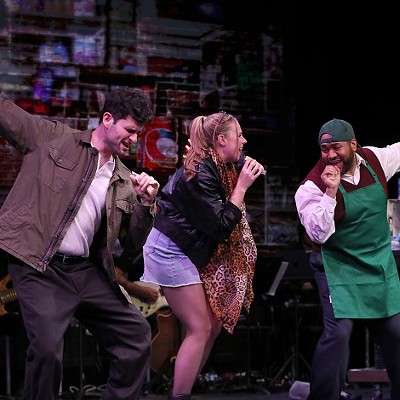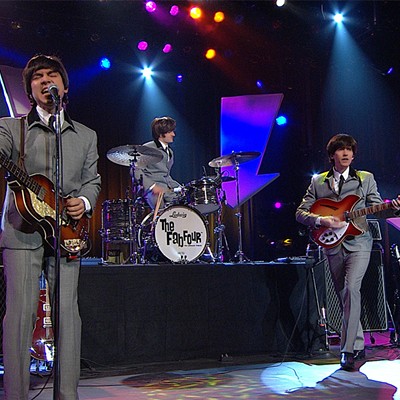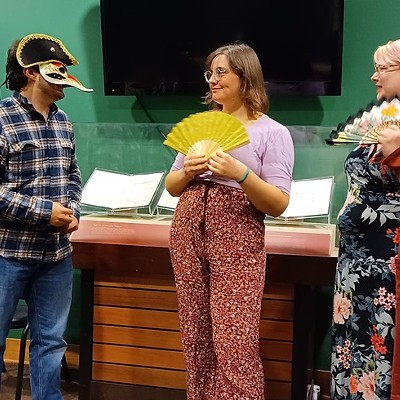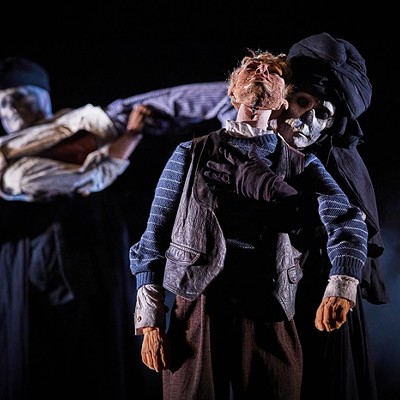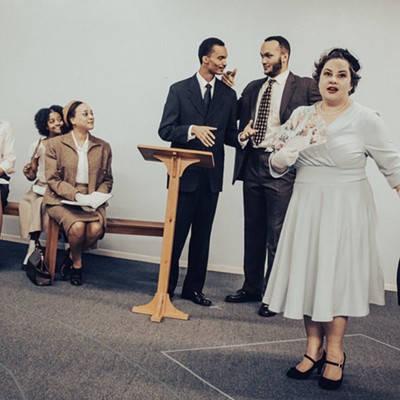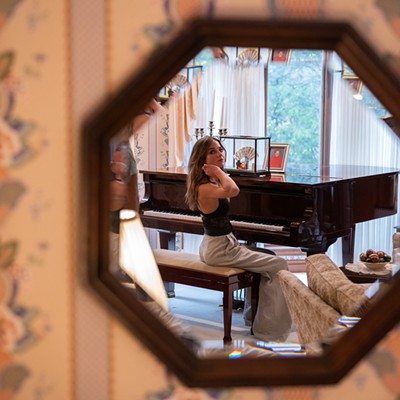Sound was the inspiration for the two works on Alonzo King LINES Ballet’s program that opens Pittsburgh Dance Council’s season at the Byham Theater on Oct. 7.
The San Francisco-based company, last here in 2010, will open its program with a 45-minute excerpt from artistic director Alonzo King’s ballet “The Propelled Heart” (2015), danced to the music of Grammy-winning vocalist Lisa Fischer.
“When you hear the music you will understand what the dancers are really going for,” says James Gowan, a Point Park University graduate who joined LINES Ballet in 2016. “[Fischer] brings such an amazing element to the ballet … [A]longside the choreography, it becomes a beautiful duet of body and voice.”
Gowan, talking by phone from San Francisco, says the ballet will be performed by 10 dancers to a recording of Fischer’s music. A review of the ballet on British website Dance Tabs described it as “a mantra on movement, a rhythmic communion between artists and audience, a channel for the energy we summon together in a darkened theater.
While “The Propelled Heart” is driven by the beauty of the human voice, King’s 41-minute “Biophony” (2015) takes its cues from the sounds in nature.
“Sound and movement are inextricably linked,” said King in a 2015 interview with San Francisco’s KQED radio. “To make sound, there has to be movement. If I am watching a dancer without sound, I am seeing sound.”
The “Biophony” score is a collaboration between King, author and natural-soundscape artist Bernie Krause, and composer Richard Blackford. It’s a collection of sounds Krause recorded, including wind and rain; animal life, including pigs, frogs, whales, bees and birds; and all the sounds humans make. Those are mixed with original music by Blackford, creating an auditory environment that 10 dancers react to in eight movements.
“I try to embody the qualities of what I am hearing in my dancing,” says Gowan. “More than the choreography and the idea behind it, I feel the dancers are able to go to the next level by what animalistic qualities they bring.”
In “Biophony,” as with all of his ballets, King steers clear of literal interpretations in his signature contemporary ballet choreography, known for its fluidity and architectural beauty. “I am going for the essence more than the look,” King told KQED’s Scott Shafer.

